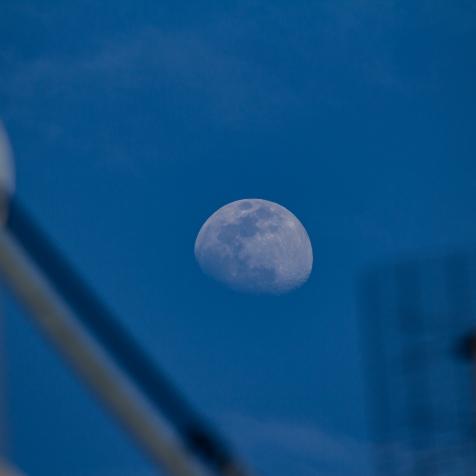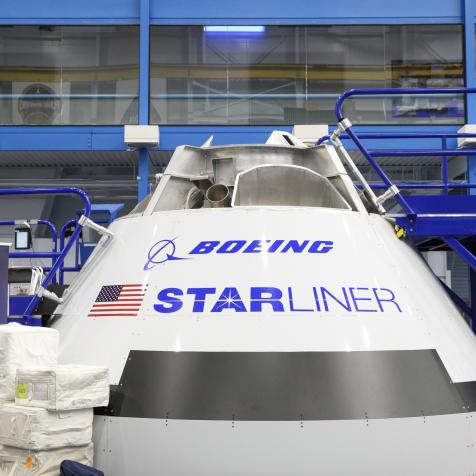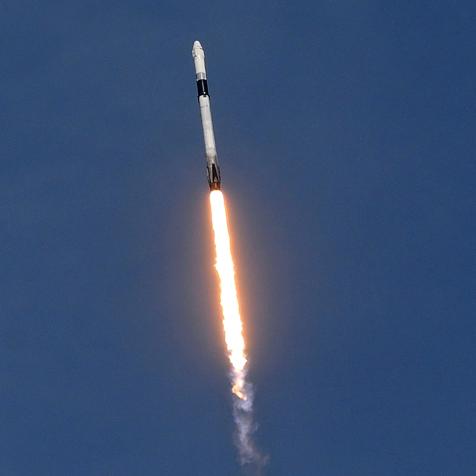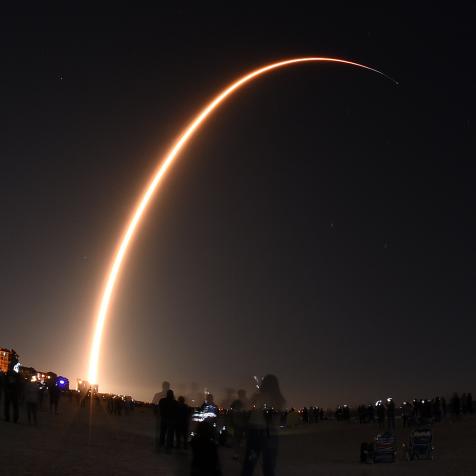
NASA/JPL-Caltech
Welcome to the Surface of Mars
Through the use of cutting-edge instruments, scientists finally have the opportunity to probe deep beneath the surface and ascertain exactly how the terrestrial planet formed.
Insight, short for The Interior Exploration using Seismic Investigations, Geodesy and Heat Transport, is the first robot explorer designed to study Mars’ geological makeup.
4.5 billion years ago, the Red Planet we affectionately call Mars was formed. Today, there is very little that we know about our red, inhospitable, desolate, celestial neighbor. Well, that all changed on November 26, 2018, when Insight touched down. NASA’s Insight Mars lander is currently dug into the face of the rocky red world; measuring tectonic activity and meteorite impacts. Through the use of cutting-edge instruments, scientists finally have the opportunity to probe deep beneath the surface and ascertain exactly how the terrestrial planet formed. They’ll discover this information by measuring the planet’s “vital signs” its pulse (seismology), temperature (heat flow), and “reflexes” (precision tracking).
Scientists are utilizing Insight to study the interior structure and processes of Mars. This will be done by determining:
- The size of the core and whether it is liquid or a solid.
- The viscosity and structure of the crust.
- The structure of the mantle and what it is made of.
- The temperature of the interior and how much heat is still flowing through.
How tectonically active Mars is today and how often meteorites impact it. For this it will measure:
- How powerful and frequent internal seismic activity is on Mars, and where it is located within the structure of the planet.
- How often meteorites impact the surface of Mars.
The mission hit a slight snag last month when Insight’s heat probe or “mole” stopped digging. The mole is designed to dig 16 feet into the ground to gauge the heat escaping from the planet’s interior. However, the mole has only managed to partially bury itself since it began digging in February 2019. Experts determined that an unexpectedly strong soil is causing the hold-up. NASA feels a technique called “pinning” could be a solution.
We're going to try pressing the side of the scoop against the mole, pinning it to the wall of its hole. This might increase friction enough to keep it moving forward when mole hammering resumes.
InSight Deputy Principal Investigator Sue Smrekar of NASA's Jet Propulsion Laboratory in Pasadena, California.
The solution has been proven at least somewhat effective, as the mole has continued to dig. However, it has a long way to go before the mission’s goals can be effectively realized.
Information and images provided by NASA


















